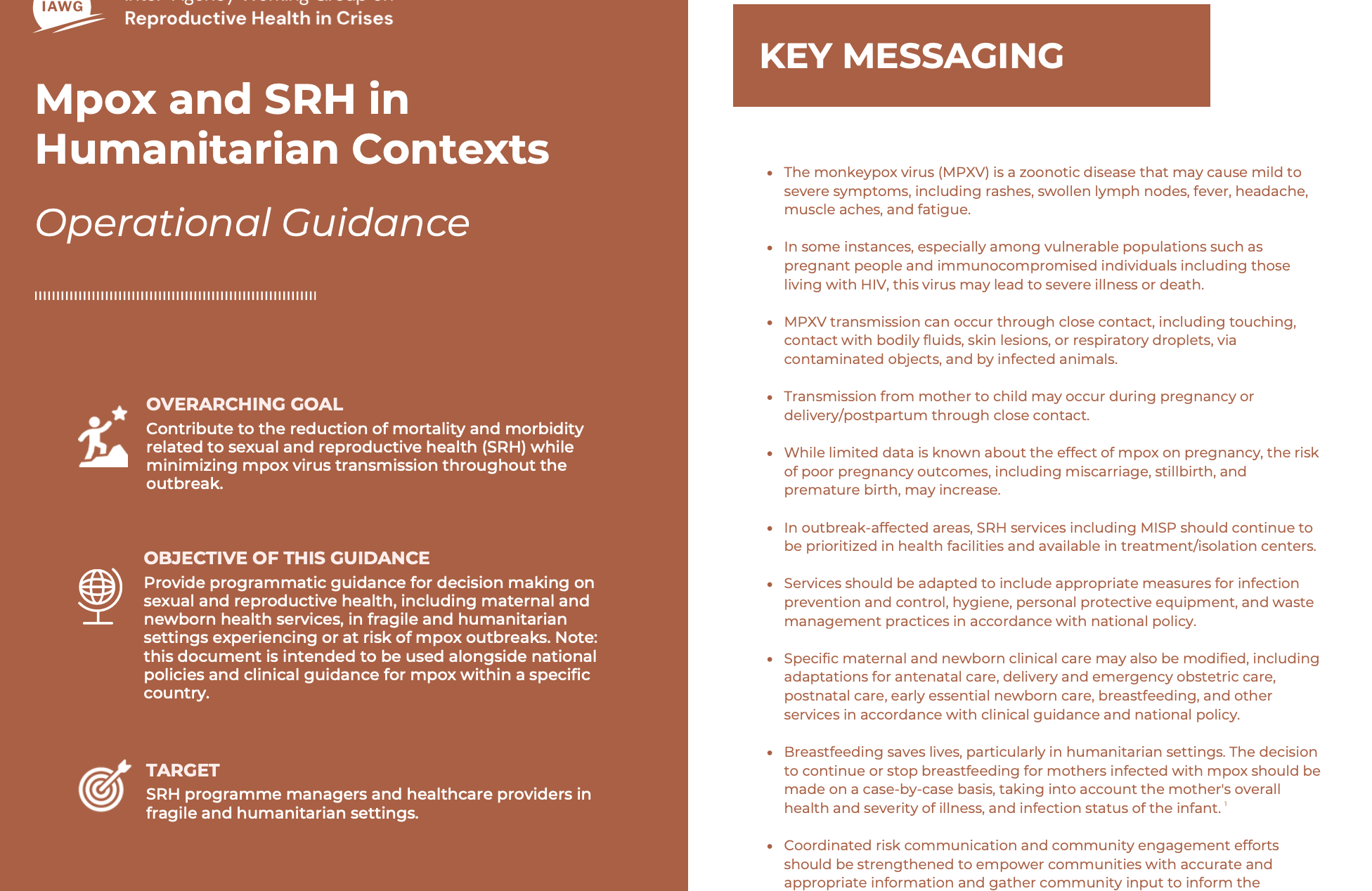Mpox 5 Facts
Video
Mpox is an infectious disease that can cause a painful rash, enlarged lymph nodes, fever, headache, muscle ache, back pain and low energy. Most people fully recover, but some get very sick. Mpox is caused by the monkeypox virus (MPXV). It is an enveloped double-stranded DNA virus of the Orthopoxvirus genus in the Poxviridae family, which includes variola, cowpox, vaccinia and other viruses. There are two distinct clades of the virus: clade I (with subclades Ia and Ib) and clade II (with subclades IIa and IIb).
Mpox spreads from person to person mainly through close contact with someone who has mpox, including members of a household. Close contact includes skin-to-skin (such as touching or sex) and mouth-to-mouth or mouth-to-skin contact (such as kissing), and it can also include being face-to-face with someone who has Mpox (such as talking or breathing close to one another, which can generate infectious respiratory particles). People with multiple sexual partners are at higher risk of acquiring Mpox. During pregnancy or birth, the virus may be passed to the baby. Contracting Mpox during pregnancy can be dangerous for the fetus or newborn infant and can lead to loss of the pregnancy, stillbirth, death of the newborn, or complications for the parent.
A global outbreak of clade IIb began in 2022 and continues to this day, including in some African countries. There are also growing outbreaks of clades Ia and Ib affecting the Democratic Republic of the Congo and other countries in Africa. As of August 2024, clade Ib has also been detected beyond Africa.1
View resources, news, and events submitted by others in response to this emergency.

Guidelines
10/30/2024

Guidelines
10/10/2025